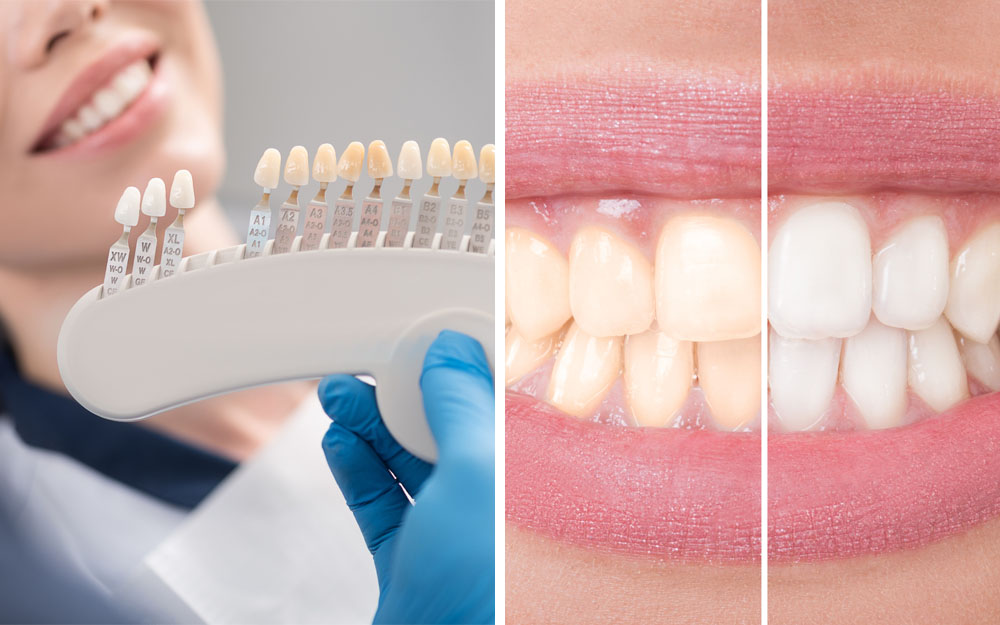
A significant number of people have genetic disorders which result in teeth misalignment and various gum problems. As such, their dental appeal significantly reduces.
The most common dental problem is malocclusion, commonly known as a bad bite. Surprisingly, many people are unaware of the fact that they may be experiencing malocclusion, making it difficult for them to seek dental care.
However, there are two major ways of correcting (bite reclamation) a bad bite: you can undergo dental surgery if your malocclusion is severe (has affected the gums, roots, and nerve endings), or you can seek non-invasive reclamation.
Non-invasive bite reclamation does not involve surgery, and is recommended for mild malocclusion that does not extend damage to the interior parts of the tooth.
Therefore, in this article, we will discuss what non-invasive bite reclamation is all about. We will also discuss how minimally invasive bite reclamation works.
What’s Non-invasive Bite Reclamation?
A bad bite can develop from simple habits such as excessive thumb sucking, and could cause you significant discomfort later on in life. As such, your teeth may be healthy but still unable to chew, bite, or grind on food properly due to their sitting angle or dispositioning.
Non-invasive bit reclamation is the physical adjustment a dentist performs on your teeth (such as dental bonding) in order to improve the aesthetics of your dental structure.
Therefore, minimally invasive bite reclamation is ideal for bad bites that have not yet caused significant damage to the other parts of the tooth, such as the roots.
Types of Malocclusions
It is crucial to understand some of the malocclusions (and how they manifest) before looking at the various non-invasive correctional methods.
· Gapped Teeth
Gapped teeth refer to the excess spaces between your teeth that make eating very difficult or painful at times. These gaps develop as a result of an abnormally developed jawbone or dental realignment after losing a tooth or two.
· Underbite
An underbite is mainly caused by the underdevelopment of the upper jawline and the overdevelopment of the bottom jawline, and is usually characterized by protruding lower teeth.
· Crowding
Unlike gapped teeth, crowded teeth are packed so closely together that there is hardly any space for growth. Intrinsically, crowding can cause teeth overlap, cavities, and crooked teeth.
· Overbite
An overbite is a dental condition that occurs when your upper teeth bite over (protrude) the lower teeth. The major cause of an overbite is the overdevelopment of the upper jawline.
How Does Non-invasive Bite Reclamation Work?
Once you identify any of the malocclusions discussed above, your cosmetic dentist Rochester Hills will examine the extent of the bad bite using x-ray scans. Depending on your malocclusion, your dentist will recommend one of the following non-invasive bite reclamation methods:
· Teeth Guards
There are some malocclusions that do not require corrective dental procedures. Instead, the dentist recommends teeth guards (usually worn at night) to help manage the wear and tear caused by grinding your teeth while you sleep.
· Reconstruction
For tooth crowding, the dentist files the outer edges of your teeth to create some space. They also repair the enamels of any cracked teeth with dental fillers or dental crowns.
If your teeth have mild cavities, the dentist will clean and fill the tooth.
· Orthodontics
Misaligned teeth are usually corrected using braces and retainers, which are ideal for gradual repositioning of your teeth. You will wear the braces for several months before you start observing any significant changes.
As such, cosmetic dentists usually recommend braces and retainers for kids because their teeth and bones are still developing, making it easier to correct malocclusions.
· Replacements
Some malocclusions occur as a result of defective pre-existing dental work, such as cracked dental filler; defective dental works cause a lot of discomfort and pain whenever you eat.
Therefore, the dentist will remove and replace the dental filler and re-distribute the biting pressure.
· Reshaping
Tooth reshaping is ideal for teeth that lack a perfect touch. As such, the cosmetic dentist will have you bite down on a tracing paper to mark out the exact points your teeth are touching.
The dentist will then gently grind the points of contact until all the biting pressure is evenly distributed on all the teeth.
Conclusion
Unfortunately, you might already have experienced a lot of pain from bad bites. It would help to correct bad bites earlier in order to prevent further dental complications in the future.